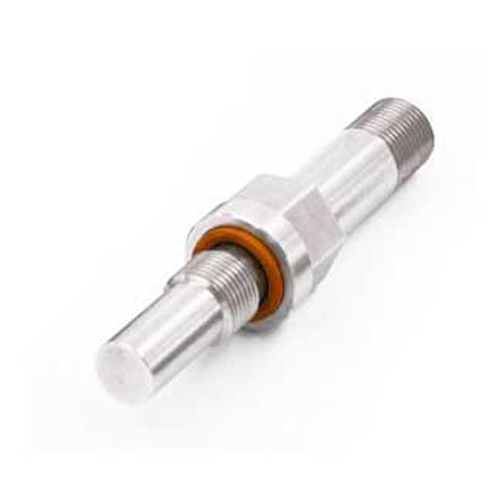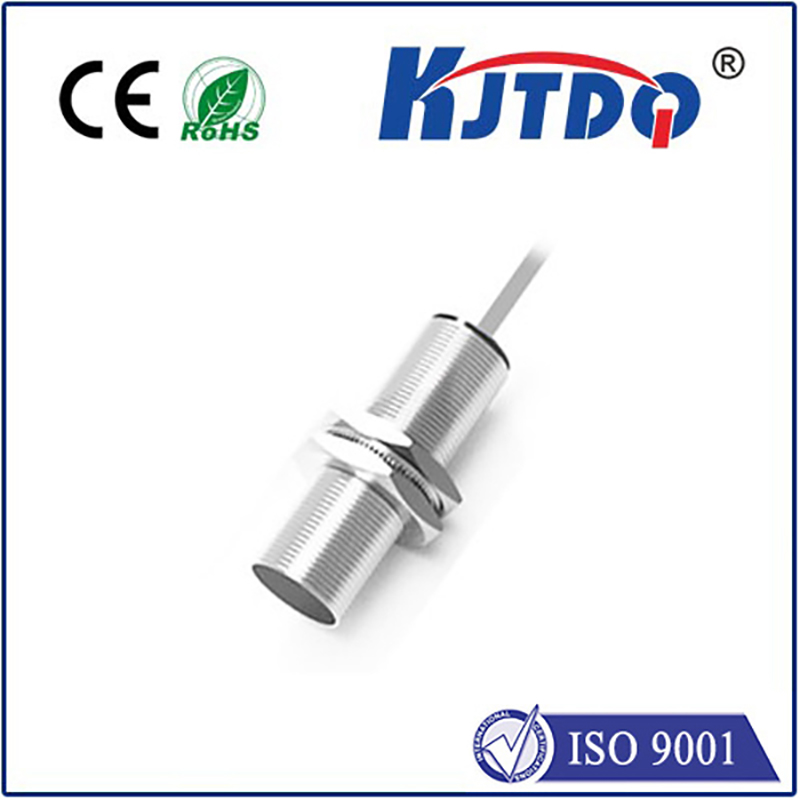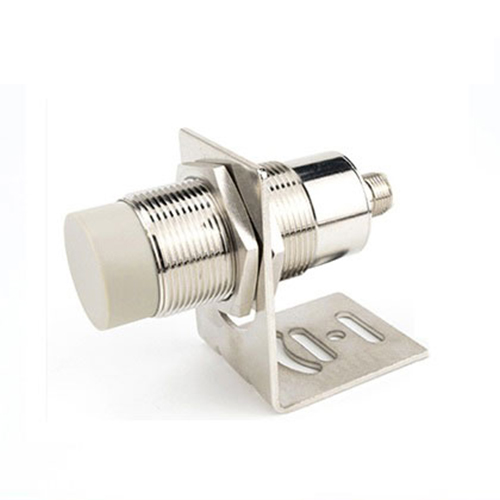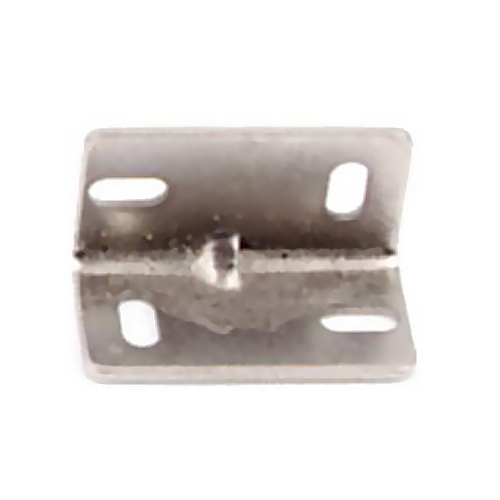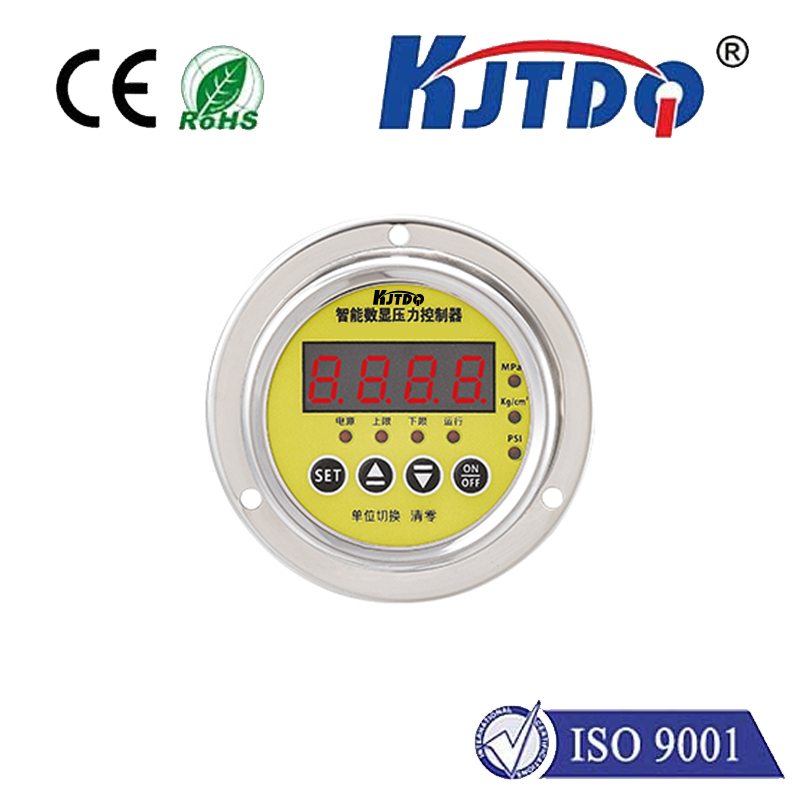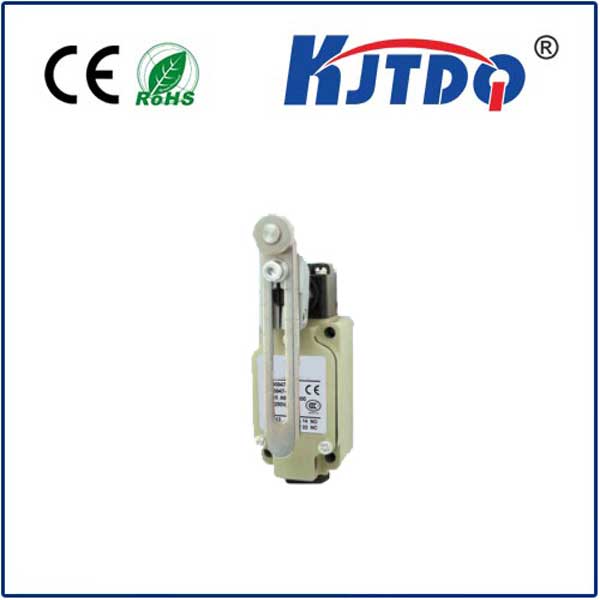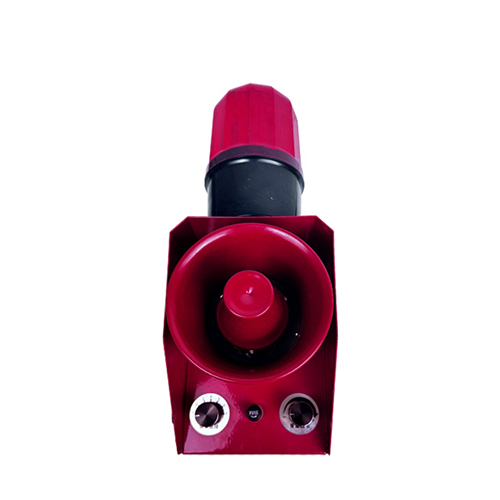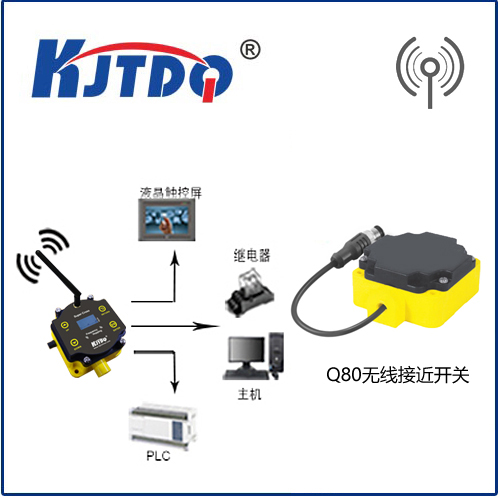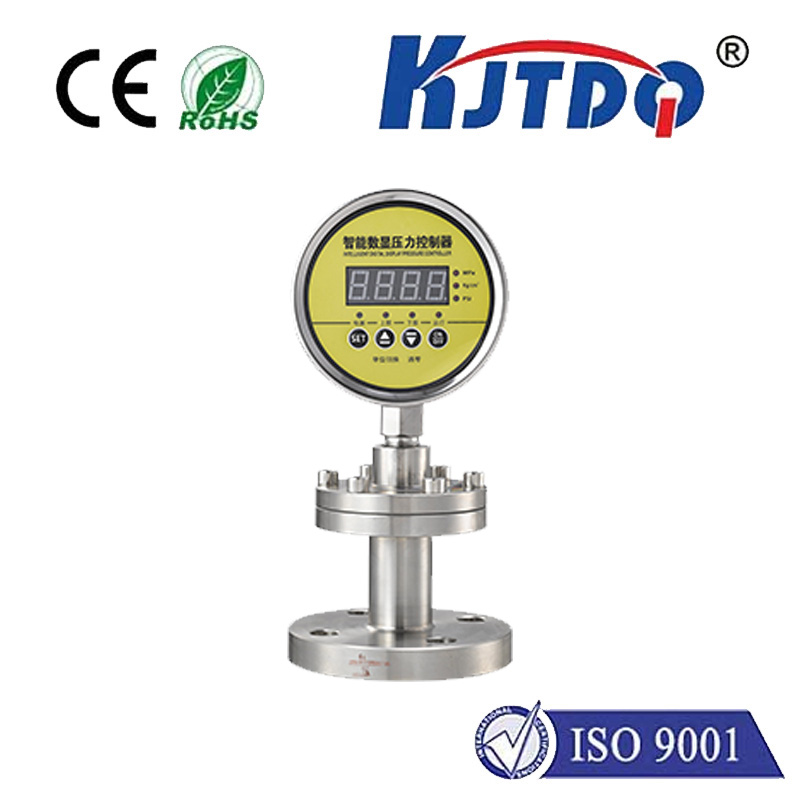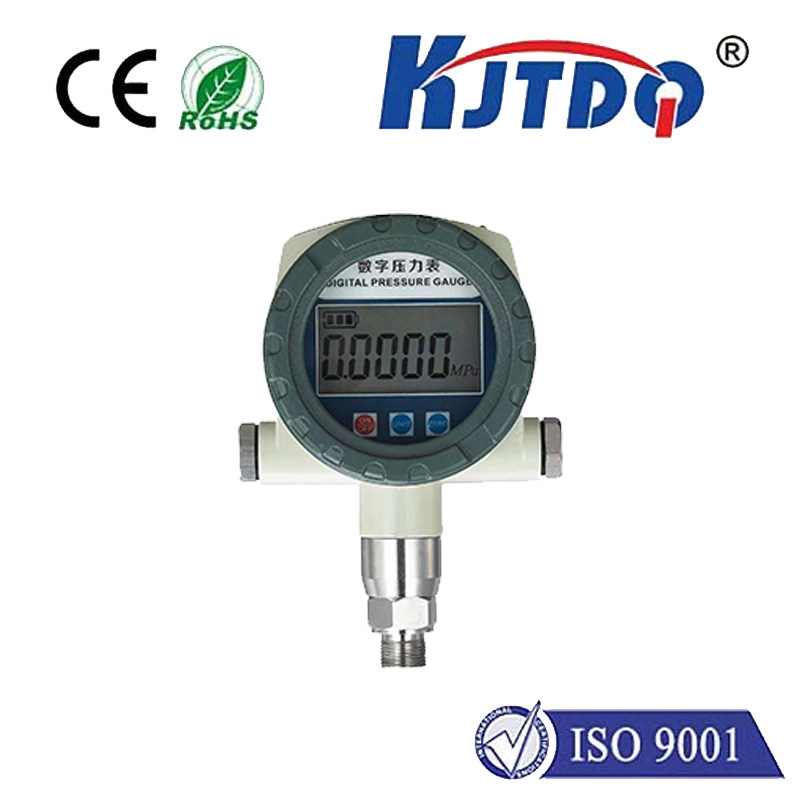

check

check

check

check

check

check

check

check

check

check
Title: Distance Meter Sensor: Revolutionizing the Way We Measure Distance
Introduction
In today's world, technology has made our lives easier and more convenient. One of the most innovative technologies that have emerged in recent times is the distance meter sensor. This sensor is designed to measure the distance between two points accurately and quickly. In this article, we will discuss the working principle, applications, and benefits of distance meter sensors.
Working Principle
A distance meter sensor works on the principle of electromagnetic induction. It consists of a transmitter and a receiver coil. The transmitter sends a high-frequency electromagnetic wave towards the receiver coil. When the waves hit the receiver coil, they cause a change in the electric current flowing through it. This change is measured by the receiver and converted into a distance measurement.
Applications

1. Automobile Industry: The distance meter sensor is widely used in automobiles for measuring the distance traveled by the vehicle. It helps in monitoring fuel consumption, engine efficiency, and reducing carbon emissions.
2. Robotics: Distance meters are used to track the position of robots and other machines in real-time. This information is used to optimize their movements and improve their performance.
3. Construction Industry: In construction sites, distance meters are used to measure the distance between different parts of a structure. This information is used to ensure that the structures are built according to specifications and safety standards.
4. Sports: Distance meters are used in sports like golf, tennis, and archery to measure the distance of shots. This information helps athletes improve their accuracy and performance.
Benefits
1. Accurate Results: Distance meter sensors provide accurate results, even under challenging conditions such as strong winds or rain.
2. Easy to Use: Distance meters are easy to install and use. They do not require any special training or expertise.
3. Cost-Effective: Distance meter sensors are cost-effective compared to traditional methods of measuring distance. They save time and money without compromising on accuracy.
4. Environmentally Friendly: Distance meters do not emit any harmful chemicals or pollutants, making them environmentally friendly.
Conclusion
In conclusion, distance meter sensors have revolutionized the way we measure distance. They have numerous applications in various industries and offer several benefits over traditional methods of measurement. As technology continues to advance, we can expect to see even more innovative solutions emerge that make our lives easier and more efficient.
